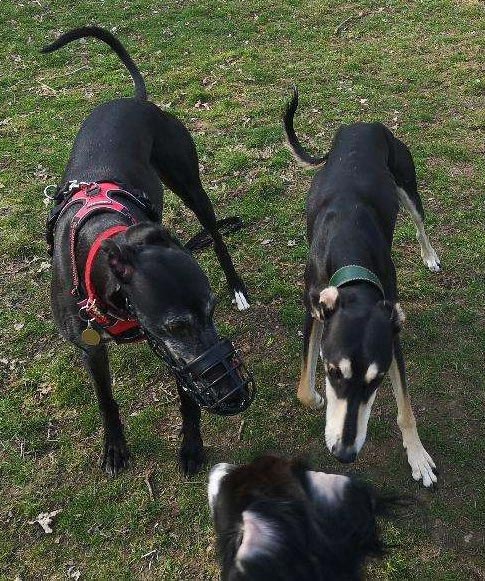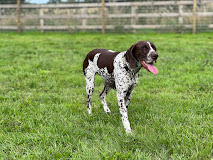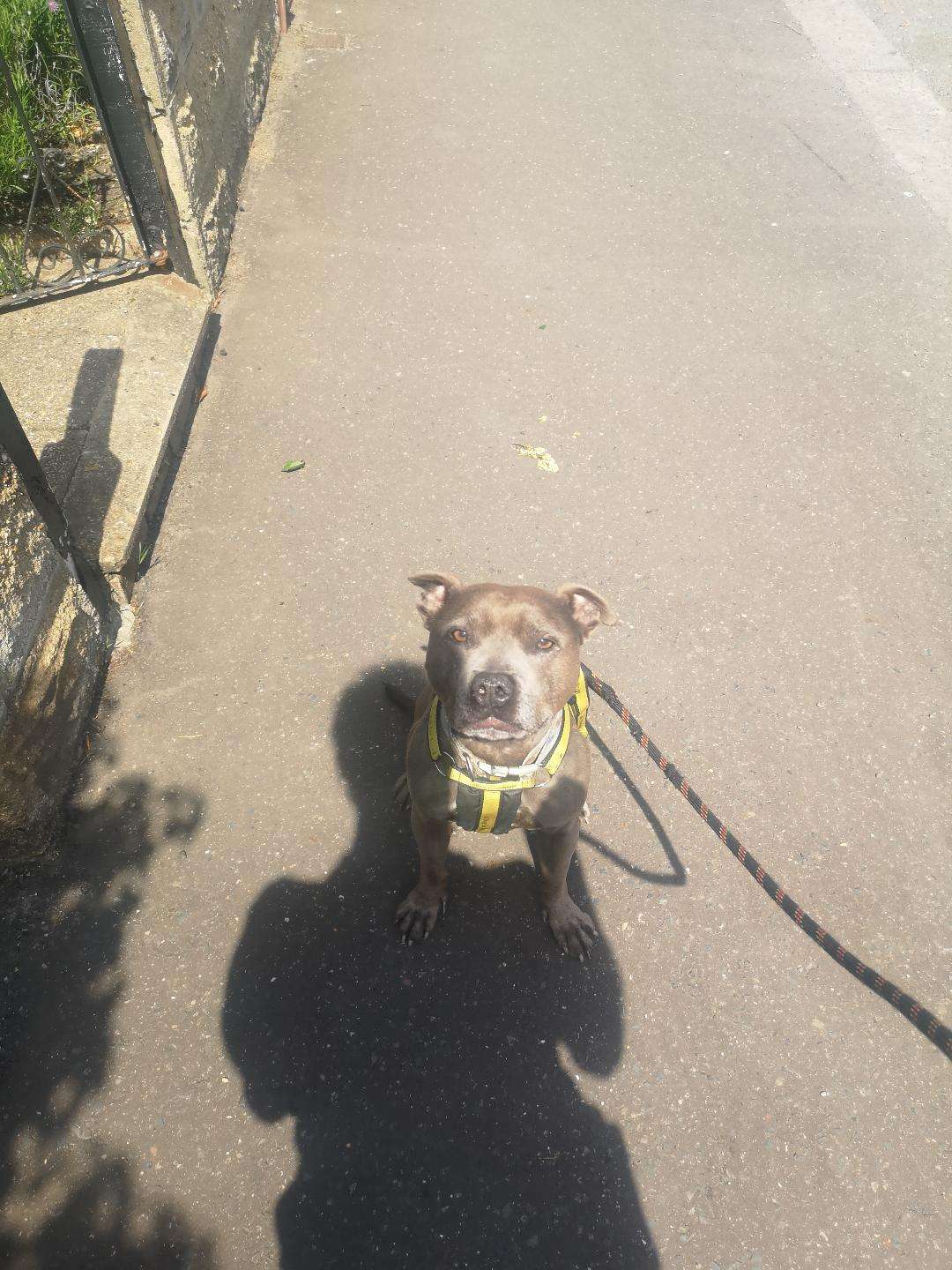Dog walks are great treasure trove of adventure for both humans and their furry friends. You get to soak in nature’s beauty, your dog gets to stretch their legs and sniff out exciting scents – what could be better?
But with their popularity of these trails, especially during warmer months, keeping your dog safe can become a delicate dance. To navigate this shared paradise with ease and confidence, remember the golden rule: double down on safety by having two points of safety for your pup.
At Scentastic Dogs we recommend always keeping two points of safety at all times, for example keeping a dog at close proximity and having a fantastic recall. Or for dogs at bite risk a muzzle and a lead. This lead may have to be attached to both a collar and harness in case one is slipped on some cases. Long lines and enclosures are also great if recall and proximity aren’t one 100%.
Here are some places that could have hazards for dogs, along with some tips to keep them safe:
At home:
- Kitchens and laundry rooms: These areas are full of potential toxins for dogs, such as cleaning products, medications, and poisonous plants. Keep these items out of reach and cupboards securely closed.
- Front door and garden gates, dogs can offend run out Infront of traffic and at people and dogs. Two points of safety here is a must.
- Garages and workshops: Antifreeze, paints, tools, and other chemicals can be harmful to dogs. Keep these areas locked up or inaccessible to your furry friend.
- Backyards and gardens: Be mindful of poisonous plants like lilies, azaleas, and rhododendrons. Securely fence your yard to prevent your dog from wandering off and encountering hazards.
Outdoors:
- Busy streets and sidewalks: Cars, bikes, and other traffic can pose a danger to dogs. Keep your dog on a leash in busy areas and teach them basic traffic safety commands and watch out for glass and other hazardous objects including food.
- Beach: Hot sand, sunburn, and saltwater can all be harmful to dogs. Take breaks in the shade, provide plenty of fresh water, and rinse your dog off with fresh water after a swim.
- Camping: Wild animals, campfires, and other hazards can be present at campgrounds. Keep your dog on a leash, supervise them closely around campfires, and be aware of the potential for encounters with wildlife.
- Wooded areas and parks: Ticks, fleas, and other parasites can be found in wooded areas and parks. Use preventative medication and regularly check your dog for pests.
When encountering other dogs and people.
- Trail Etiquette Matters: Respect shared spaces by keeping your dog close when passing other trail users. Be mindful of those who might be nervous around dogs and give them ample space. A simple step-aside and a friendly greeting can go a long way.
- Ask First, Greet Later: Not all dogs crave canine companionship or want an excitable puppy all over them . When encountering another dog, always ask the owner before allowing your pup to say hello. Respecting boundaries avoids unnecessary tension and potential scuffles.
Understanding a dog’s body language
Remember, your dog communicates through body language too and there is a lot that can be gained from understanding a dog’s body language but the signs of a dog being stressed is endless, even a dog sniffing could be doing so to avoid a stressful situation. We all know that if a dog is barking this could be a sign of stress but there are plenty of subtle ones like freezing growling, lip licking, tail unusually sticking up or tucked between their legs and laying belly up to de-escalate a stressful situation.
UK Laws for Dogs: A Summary
Dog ownership in the UK comes with a number of legal responsibilities, ranging from welfare and microchipping to public behaviour and banned breeds. Here’s a summary of key laws:
- Microchipping (England and Wales): All dogs over eight weeks old must be microchipped and registered with a government-approved database. This helps reunite lost dogs with owners and assists in enforcement of other laws.
- Rule 57 of the Highway Code When in a vehicle make sure dogs or other animals are suitably restrained so they cannot distract you while you are driving or injure you, or themselves, if you stop quickly. This means on a seat belt (on a harness), in a case or on a boot with a guard. £10,000 fine if not!
- Control of Dogs Order 1992: This order outlines rules for dog behaviour in public, including: keeping dogs on in control at all times, preventing them from intimidating others, and ensuring they wear collars with name and owner contact details. If someone asks you to recall your dog do so. It is a legal requirement!
- Road Traffic Act 1988: Dogs must be in leads next to pavement and road.
- Specific local council regulations: Laws vary by council regarding things like designated dog walking areas, dog fouling fines, and breed-specific restrictions.

Links
Fill that you have a safety concern with your dog. Here at Scentastic Dogs we are always happy to offer dog training



